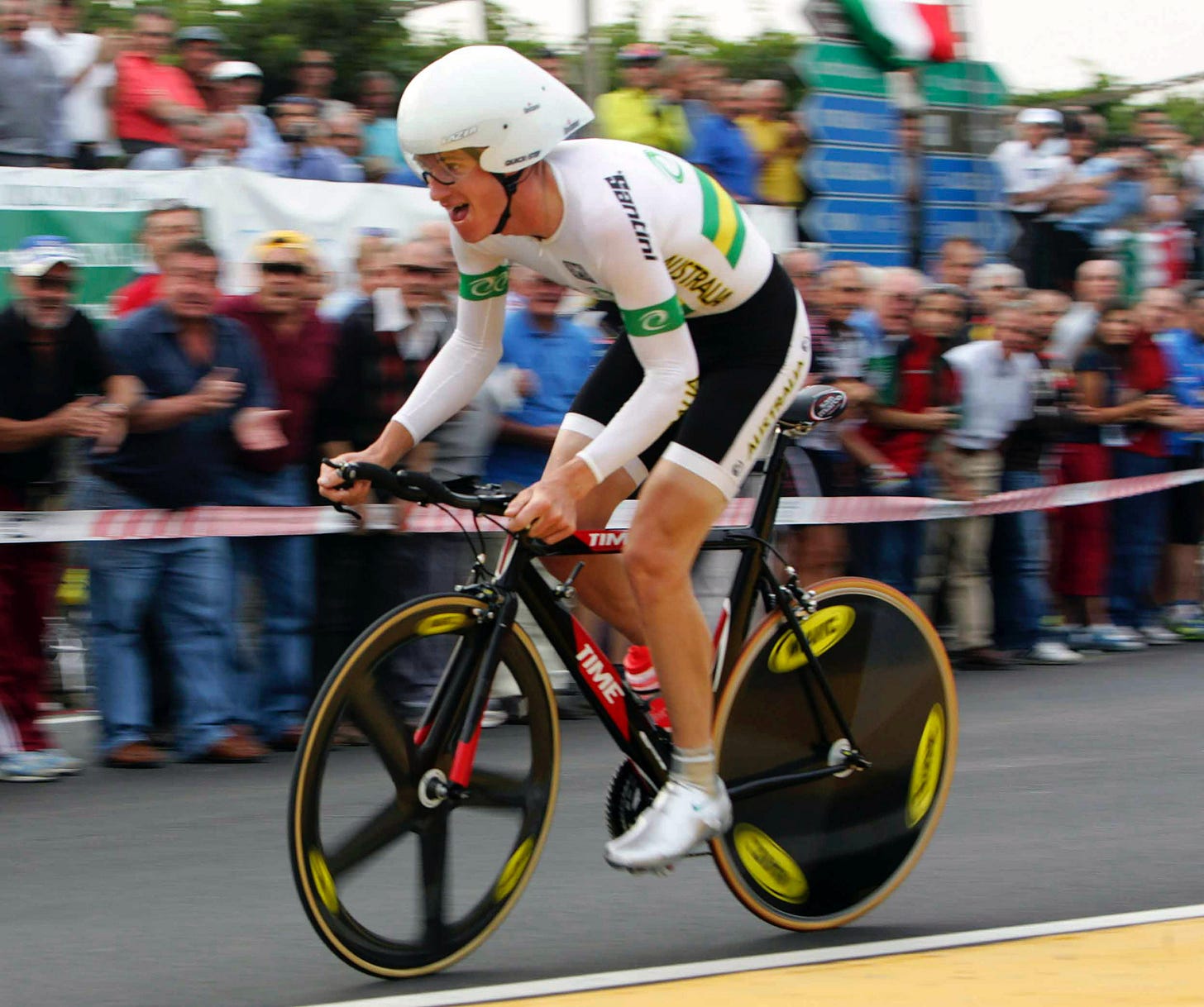Worlds apart: How far has modern time trialling equipment come since 2004?
So much has changed in time trialling over the last 20 years, with tech ultimately the key driving force as we compare Michael Rogers' 2004 Worlds setup to Remco Evenepoel's current position and tech

With the 2024 UCI World Championships just around the corner, this year's newly crowned Olympic road and TT champion Remco Evenepoel has cemented himself as the favourite to claim a second rainbow jersey in the elite men’s time trial.
The landscape within professional time trials is now unrecognisable from that of twenty years ago but just how much difference has two decades of technological advancements made?
Twenty years on from Michael Rogers' Worlds victory in Italy, the equipment used to increase the winning speeds of time trials has significantly improved.
Back in 2004, Rogers stormed to a convincing victory on the parcours that started and finished in Bardolino. He completed the 46.7km course in a time of 57:30 averaging 48.73km/h, which put him 1:12 ahead of silver medalist Michael Rich of Germany.
Fast forwarding to last year's World Championships time trial, and Evenepoel clinched victory over the 47.8km course around Stirling by a 12-second margin from Filippo Ganna. Even on a course that featured a few short rises and a punchy cobbled finish, the average speed of Evenepoel was close to 52km/h.





